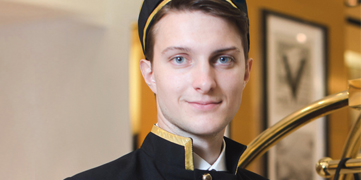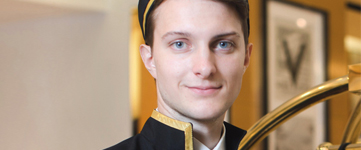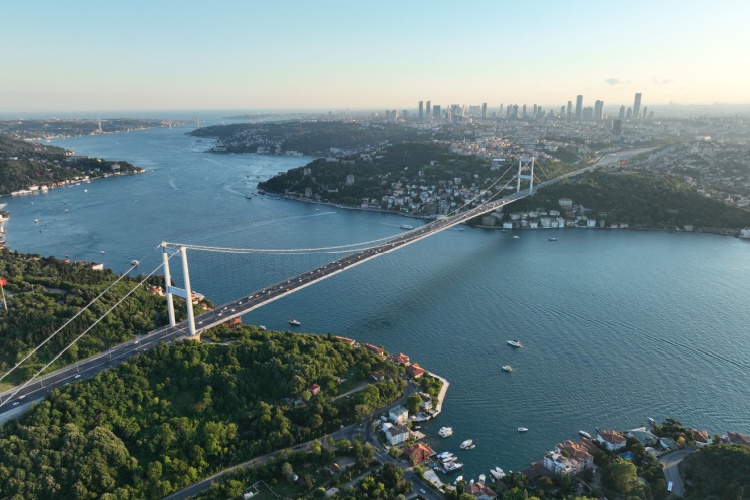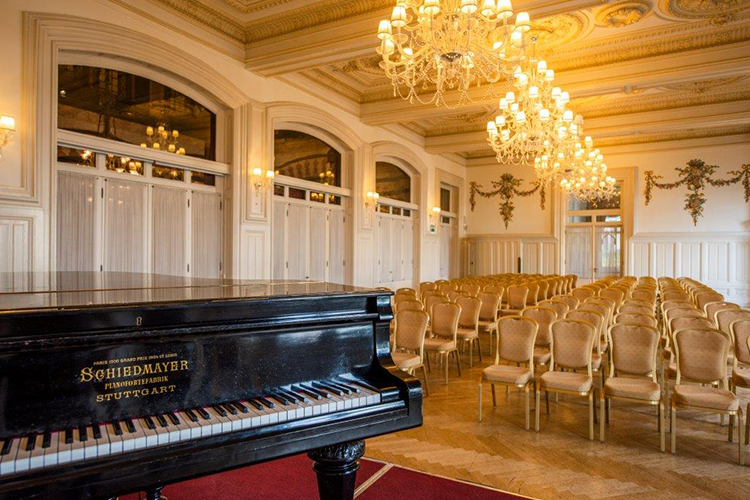The 8 Works of Alexandre Vallaury, The City Architect Of Istanbul
Alexander Vallaury was born in 1850 in Istanbul as the son of a French family. Vallaury is the founder and first architect of the Sanayi-i Nefise Mektebi, today is known as Mimar Sinan Fine Arts University. He worked in this institution for 25 years. Osman Hamdi Bey called it the “Mimar-ı Şehir” aka Architect of the City. He has become the indispensable architect of Ottoman bureaucracy and French business circles with his unique works. In his buildings, it is seen that he combines Ottoman and Western culture. Here are the 8 works of Alexandre Vallaury, Architect of the City!
Hidayet Mosque
Hidayet Camii, located at the intersection of Yalıköşkü and Şeyh Hayri Efendi streets, lost in the shadow of Yeni Camii, was built in 1813 by Sultan Mahmud II. According to legend, in the plague epidemic in 1812, the houses in the streets known as “single rooms” at Üsküdar, Galata and Tahtakale districts which are filled with the ordinary people and single people, were demolished. One of these streets was the “Melek girmez” street in Bahçekapı. After this outbreak, Sultan Mahmud II built the Hidayet Mosque, aka the True Path Mosque, in order to show the true path for the sailors and ordinary people. The fact that the mosque was initially made of wood did not last for a long time and eventually collapsed. Alexandre Vallaury built the present state of the mosque by order of Sultan Abdülhamit II in 1887.
Osman Reis Mosque
Osman Reis Mosque, also known as Yalılar Mosque, is located on Istinye-Köybaşı Street. The building built in 1635 in an Armenian neighbourhood upon the request of Osman Reis, a sailor, could not survive for many years. In 1903, the beach part of the land by Alexandre Vallaury, Ahmet Afif Pasha Mansion and Osman Reis Mosque were built. The courtyard and annexe building of the mosque was confiscated in the 1958 coastal road works and damaged in the 1999 earthquake. It was later restored by the Sabancı family.
Omer Abed Inn
Omer Abed Inn was built in 1909 by Alexader Vallaury at the intersection of the streets of Kemankeş Street and Halil Pasha of Karaköy. The production order was given by Arab Izzet Pasha, the priest clerk of Abdülhamit II. Initially, the Inn has two gates. But today, only the door in Halil Pasa Street can be used.
Pera Palace Hotel
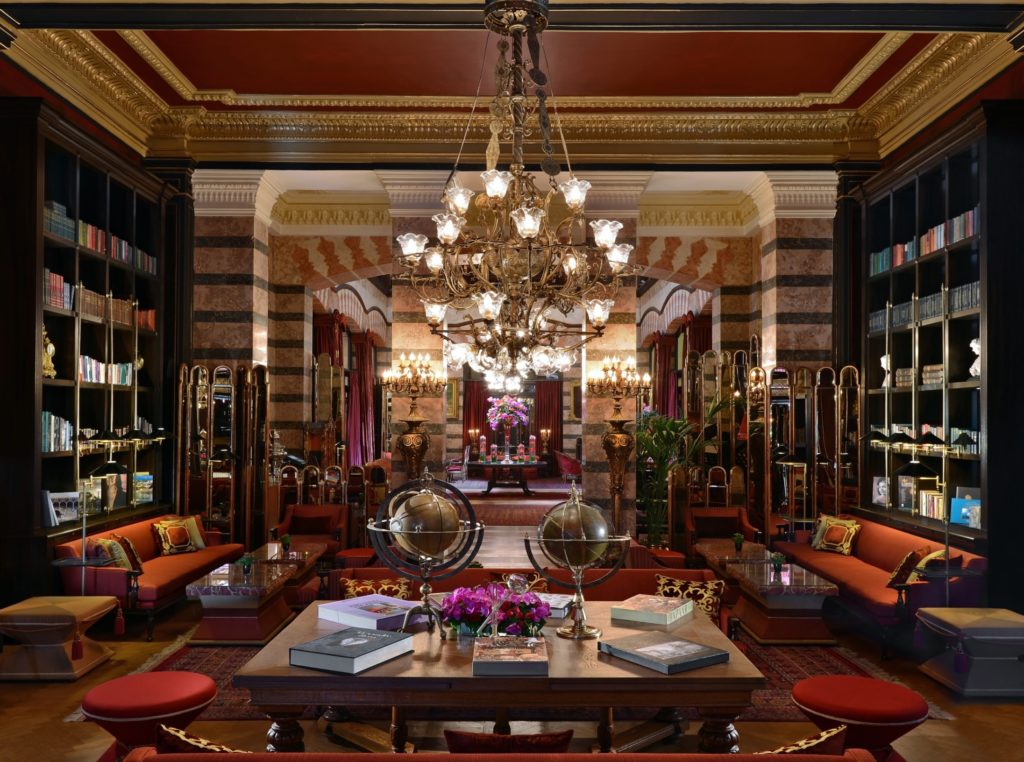
Pera Palace Hotel was built in 1895 by Alexandre Vallaury in the Beyoğlu district of the Bosphorus. The hotel’s work began in 1892 to meet the high standards of Orient Express passengers. Hotel; With its social activities, cultural activities and magnificent views, it is located in the “Little Europe”, in the Tepebaşı area of Pera. This is the first hotel in Turkey with the European standards. The hotel has several firsts, such as, the first use of hot water, the first electric elevator, and the first electricity are given outside the Ottoman palace.
Ottoman Bank
The Ottoman Bank on the Voyvoda street in Karaköy is actually the structure of two separate institutions; Ottoman Bank and Ottoman Empire Tobacco Regie Company. The structure was built by Alexander Vallaury. The building is built on a 3-storey and 4-door chassis. Different styles were used on the front and rear facades of the building. Voyvoda Street carries neoclassical and neo-centric influences, and the other side carries orientalist lines.
Istanbul Archeology Museum
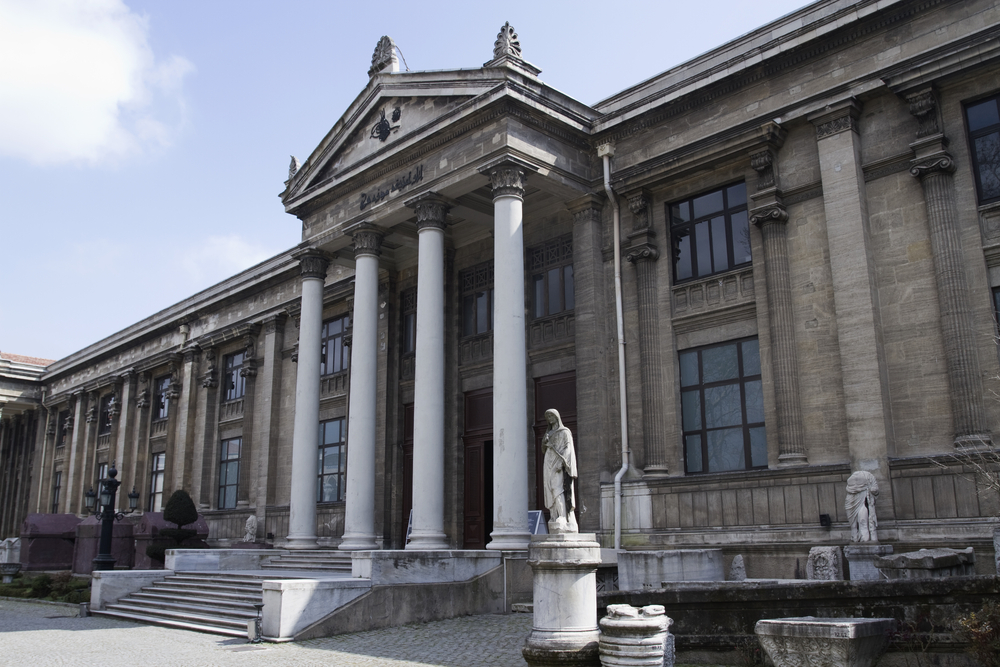
The establishment of the Museum-i Humayun, i.e. the Imperial Museum in the Ottoman Empire in 1869, provided the development of museums. In fact, this museum is the foundation of the Istanbul Archeology Museum. The fate of the museum changed with Osman Hamdi Bey as the museum director. The museum building which was built in 1883 as the Sanayi Nefise Mektebi and the Istanbul Archeology Museum was built by Alexander Vallaury.
Decugis Building
Located in the corner of the stairway leading to Beyoğlu Meşrutiyet Caddesi and Tünel Square, the Decugis Building was built in 1895 by Alexandre Vallaury. The building has been made for the Levantine Decugis family, one of the well-known families of that era.
Mekteb-i Tibbiye-i Shahane
Mekteb-i Tıbbiye-i Şahane, located on Selimiye Tıbbiye Street, is the first medical school built by order of Sultan Abdülhamid II to provide medical education. The building was completed between 1894 and 1903 and was built by Alexandre Vallaury and Raimondo D’Aronco. It is known that the opening took place on November 6, 1903, on the birthday of Sultan Abdülhamid II.
These articles may also be of interest to you:
Alexandre Vallaury, Architect of 19th Century Ottoman Masterpieces
The Life and Works of Ottoman Palace Architect and Art Nouveau Master Raimondo d’Aronco
Neoclassical Architecture Born From The Ashes of Pera: Pera Palace Hotel
